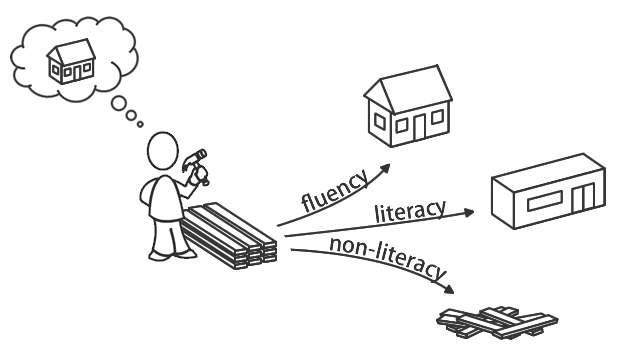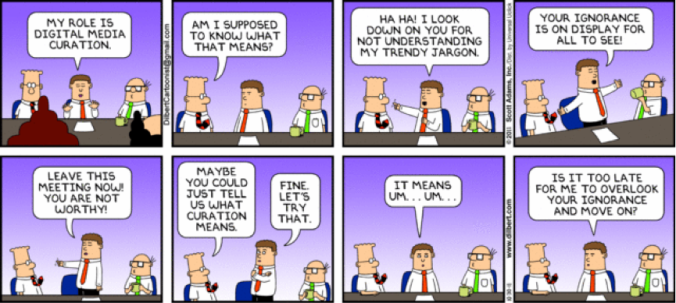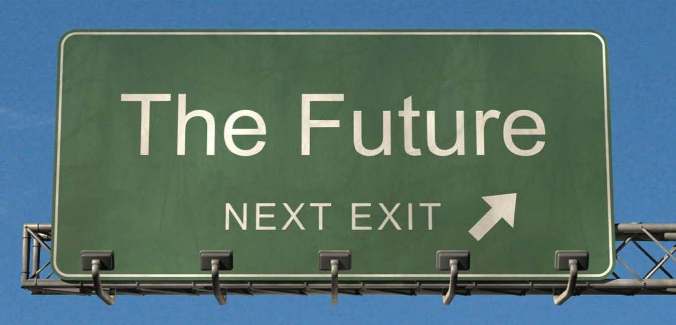Glogster allows users to create small interactive posters. It was interesting software to experiment with, but I feel that it lacked the power of other apps to maintain children’s interest in such a wide variety of ways.
I decided to create a resource for Year 2s to explore the life-cycle of Monarch Butterflies, as a part of a unit on the variety of ways that “Living things grow, change and have offspring similar to themselves (ACARA-ACSSU030, 2016)”.
I imagined that a link to this resource might be provided to families as an ‘at home’ exercise. I would think that some families would appreciate an occasional optional way to be involved in their child’s education, but I do understand that families are busy, and such a resource would need to be considered only supplementary to the complete learning at school.
An alternative approach would be to use the resource without the voice track on an interactive whiteboard in class.
My resource is viewable here, although P.C.s not equipped with Adobe Flash Player, may not be able to display it correctly.
Evaluation Matrix
Name of Teaching Resource
Glogster (The Life Cycle of A Monarch Butterfly)
Weblink
http://ategreens.edu.glogster.com/life-cycle-of-a-monarch-butterfly/
Who should this digital teaching resource be used with?
Year 2
Which subject or learning area would it be most appropriate to use in?
Science Understanding: Biological Sciences
Identify the strengths of this teaching resource
Glogster is fairly easy to use, and posters created using Glogster can be eye-catching, and I did like the fact that a commentary could be recorded to help students to understand the content. I felt that this would be helpful, as most Year 2s are still developing readers.
Identify any weaknesses of this teaching resource
Glogster did not offer a very wide variety of tools, and i did not think that the elements of the poster loaded quickly enough.
Explain any ideas that you may have for the future use of this teaching resource
Interactive posters are a wonderful resource which can be used during group time with an interactive whiteboard, or individually on iPads or PC.s. Despite my enthusiasm for this format, I will not use Glogster again. I have put a good deal of time and effort into using its capabilities to their fullest, and I have been very disappointed with the result.
Glogster did not offer me the opportunity to create a revision component of the lesson, so I created a quiz using Purpose Games to link to my Glogster presentation. Despite my repeated efforts, however, to use Glogster’s ‘link’ function to incorporate the quiz, the information was lost several times.
in order that students might be able to successfully navigate through their lesson regardless of whether they are at home or in class, I have recorded myself discussing the content with the students, and displayed a large ‘play’ button on the poster. However, due to poor software design, the button does not always load, which seriously diminishes the worth of the software in an educational setting. Also, the videos sourced through Glogster did not behave predictably, and often did not play.
Today’s young people are digitally expectant (Howell, 2012), and I love the idea of supplementing teaching with digital resources. However, I have no plans to use Glogster in the future. Better tools are already available, others will continue to be developed.
Reference List
*all images retrieved by Glogster
Australian Curriculum, Assessment, and Reporting Authority (ACARA). (2016). The Australian Curriculum. Retrieved from http://australiancurriculum.edu.au
Enchanted Learning. (n.d.) Monarch Butterfly. Retrieved from: http://enchantedlearning.com/learning/butterfly/species.Monarch.shtml
Gunther, L.(2016). The Monarch Butterfly. Retrieved from: http://www.kidzone.ws/animals/monarch_butterfly.htm
Howell, J. (2012). Teaching with ICT: Digital pedagogies for collaboration & creativity. South Melbourne, Victoria: Oxford University Press
Monarch Butterflies. (n.d.) Monarch Butterflies. Retrieved from: http://monarch-butterfly.com
Monarch Butterfly Conservation Fund. (2016). [image]. Retrieved from: http://nfwf.org/monarch/Pages/home.aspx









